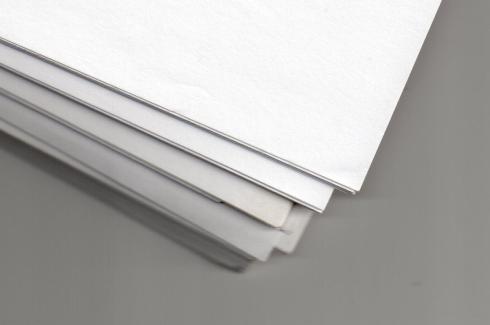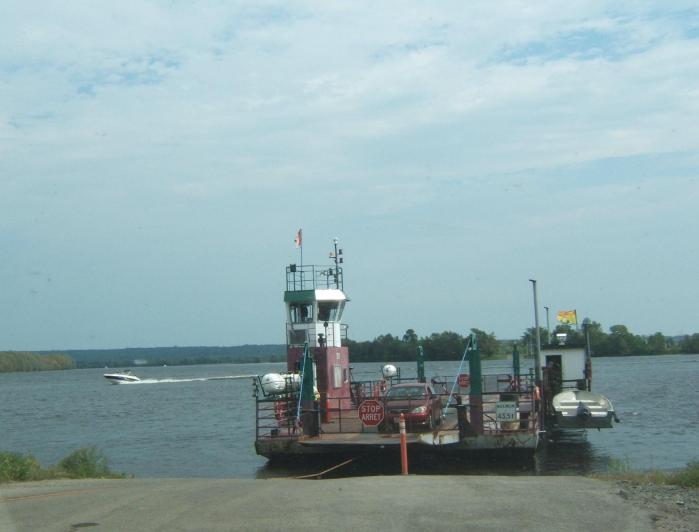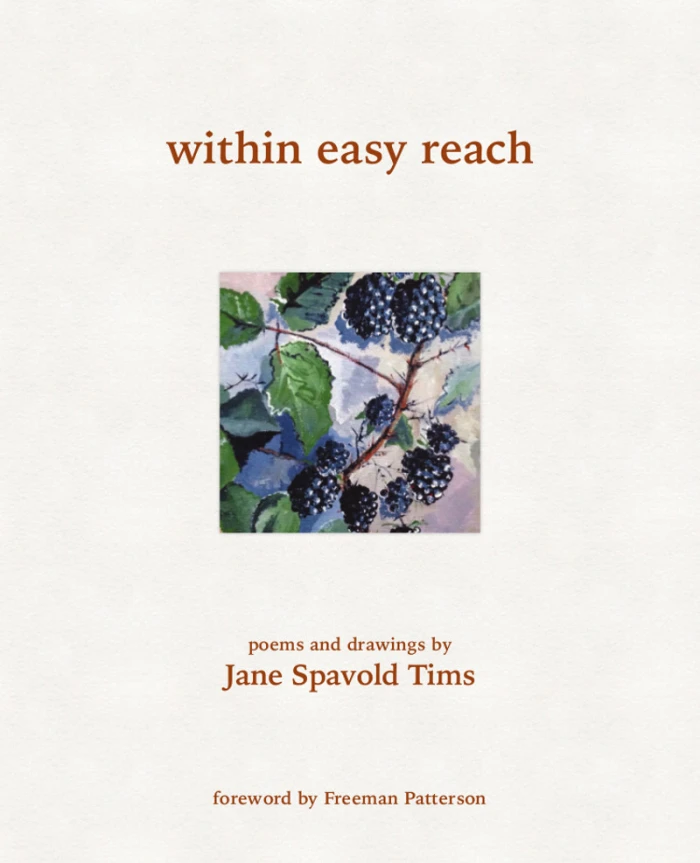writing a novel – segues
So the poet is writing a novel…
~
Title: unknown
Working Title: Saving the Landing Church
Setting: a writers’ retreat, includes an abandoned church
Characters: main character a writer; people from the embedded community; people from the commuter community; the aberrant community
Plot: the story of how a woman tries to preserve an abandoned church with unexpected consequences for herself and for the community
~
I’ve been working on my novel since the beginning of November, and I’ve made significant progress. I’ve been aiming for about 60,000 words and I now have about 57,000 words. I would say I have a completed first draft.
Now comes the work of editing. I’ll edit for grammar and spelling errors, of course, but also for content. I have several sub-plots to contend with, so I have to make sure each of these tells a coherent story and flows through the novel.
One of the main edits I will do is to try to help the reader follow the story easily by making sure the ideas flow easily from one to another. When I write in draft, I often leap forward in my thinking, the transitions lost somewhere in the synapses of my brain. In the editing stage, I’ll have to supply these transitions.
So, as I edit, I’ll work paragraph by paragraph to provide a transition or segue between paragraphs. I learned a lot about this in university when I was working on essays for my history degree. Professors were always looking for segues to help the arguments flow smoothly. I got used to starting paragraphs with phrases like: ‘In order to accomplish this…’ or ‘After the king died…’ or ‘Before the final decision to build a new school in the community was made…’.
Segues in a formal essay are fairly easy, since there is usually a progression to arguing a thesis. In a novel, the segues are more about making sure ideas don’t come in from the blue. Shifting ideas and themes too quickly will confuse everyone and cause the reader to lose interest. Segues also help the writer to make sure threads are not dropped and the thoughts of the main character are logical.
~
~
At the risk of terrifying myself, I’ll give you an example of the way I transition from one paragraph to the next. This particular scene from the novel describes a drive home, after an evening get-together with a friend named Oliver. I have underlined the segues. To see the effect of including the segue, just read the paragraphs with and without the underlined parts.
~
… I gave Oliver a quick hug and ran outside, into the wind and rain.
The storm worsened as I drove home along the Bay. The rain was brutal, as though I drove through a cosmic car wash. I needed faster wiper blades and a second pair of eyes. As though the rain wasn’t hazard enough, the wind blew in frantic gusts and pushed against the side of the Blazer. I hung on to the wheel with both hands, but the SUV swerved in the narrow road. I drove even more slowly. Handfuls of leaves tumbled across the pavement ahead and broken branches reached from the ditches into the roadway.
To cut my driving time in the storm, I took the ferry to Westfield. As I drove down the ramp and on to the ferry, the operator came to the car window to bellow something at me. I rolled the window down a crack to hear and the storm tried to crawl into the vehicle with me.
‘Good thing you got here when you did,’ shouted the operator. ‘I’m shutting down on the other side. The wind is too high. Too much water on the deck.’
In the pale wash of the running lights I could see the river sloshing across the metal platform. Waves crashed against the sides of the ferry, chased by a fine white spray.
In spite of all the water, we made the crossing safely, and I arrived home after midnight, overloaded with adrenaline from trying to see the road, and full of coffee and cake from my dinner with Oliver…
~
When you write, do you try to include transitioning in your work?
~
Copyright Jane Tims 2012























Writing my first fiction novel. I am interested in the segues between scenes. There are a number of threads that are developed and weaved in and out of. Looking for any advice as to identifying the thread as I transition from one to another.
LikeLiked by 1 person
Bob Diebel
September 15, 2022 at 11:16 am
Hi. Great undertaking. When I get so far, I work out a chapter by chapter table for the book and identify any ‘themes’ that have started to emerge. Then I make certain the key themes are not just dropped or allowed to dangle. I also work on the segues between chapters to make the transitions smooth. So if someone is standing in the rain as the chapter ends, I make sure they are drying off in the opening to the next chapter (an example).
LikeLike
jane tims
October 10, 2022 at 8:22 pm
I am also impressed at the # of words you’ve managed so far. Congratulations Jane.
Thank you for explaining what “segues” are and illustrating it all with this great piece of prose. I can see from the photo how low the ferry lies in the water.
LikeLike
dearrosie
December 19, 2012 at 5:52 pm
Hi. When I am in edit mode, the word count can go up or down. Yesterday I only added 80 words! Jane
LikeLike
jane tims
December 20, 2012 at 2:44 pm
I tend to write without worrying about transitions–and then when I read it over if it seems like two paragraphs don’t quite follow one another, I’ll add a transition sentence.
LikeLike
Sheryl
December 18, 2012 at 12:20 am
Hi. I do this too. It makes sense not to interrupt the flow of writing when doing the draft. Lots of time for editing at the end! Jane
LikeLike
jane tims
December 18, 2012 at 11:13 am
Oh, and Happy Holidays to you!
LikeLike
weedimageoftheday
December 17, 2012 at 10:20 am
Wow! Congratulations! 57,000 words is quite an accomplishment. You must be working very hard!
LikeLike
weedimageoftheday
December 17, 2012 at 10:20 am
Hi. No harder than those weeds of yours. The words are easy, it’s the edits that will take the effort. Jane
LikeLike
jane tims
December 17, 2012 at 2:59 pm
I know just what you mean. Great post.
LikeLike
Jane Fritz
December 17, 2012 at 9:29 am
Hi Jane. Thanks! Jane
LikeLike
jane tims
December 17, 2012 at 2:59 pm